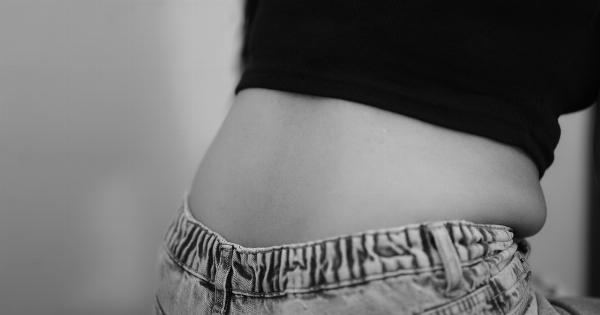Urinary incontinence is a common condition, especially among women of all ages. This condition occurs when one loses control of the bladder, leading to the involuntary leakage of urine.
The severity of this condition ranges from occasional urine leakage when one coughs or sneezes, to the complete inability to hold urine leading to wetting oneself continually, which can significantly affect a woman’s quality of life. Here is a comprehensive guide on urinary incontinence in women.
Types of Urinary Incontinence
There are various types of urinary incontinence in women. These include:.
: Stress incontinence
This type of incontinence occurs when pressure is exerted on the bladder, leading to urine leakage. It commonly occurs during activities such as coughing, sneezing, or exercising.
: Urge incontinence
Urge incontinence occurs when the bladder muscles contract, and one cannot get to the bathroom on time, leading to urine leakage.
: Mixed incontinence
This type of incontinence occurs when one experiences more than one type of incontinence simultaneously.
: Overflow incontinence
Overflow incontinence occurs when the bladder does not empty completely, leading to the continuous leakage of urine. This type of incontinence is rare in women and is often found in individuals with neurological problems.
Causes of Urinary Incontinence in Women
Urinary incontinence in women is caused by various factors, which may lead to the weakened bladder muscles, the inability to store urine properly, or overactive bladder muscles. These factors include:.
: Pregnancy and childbirth
Pregnancy and vaginal delivery may weaken the pelvic floor muscles, leading to urine incontinence.
: Menopause
During menopause, the body produces less estrogen, leading to weakened bladder muscles.
: Obesity
Obesity may lead to increased pressure on the bladder, leading to urine leakage.
: Urinary tract infections
Urinary tract infections may lead to bladder irritation, leading to a sudden urge to urinate.
: Neurological disorders
Neurological disorders such as Parkinson’s disease, multiple sclerosis, and stroke may affect the bladder muscles, leading to urine incontinence.
Diagnosis of Urinary Incontinence
Diagnosing urinary incontinence in women involves a physical and medical examination, which may include:.
: Physical exam
A doctor may perform a pelvic exam to check for any irregularities in the pelvic area.
: Medical history
A doctor may ask questions about the patient’s medical history, including any medications they may be taking, past surgeries, or medical conditions that may be related to incontinence.
: Urinalysis
A urine sample may be taken to check for any signs of infection, blood, or sugar in the urine.
: Urodynamic tests
Urodynamic tests are specialized tests used to assess the bladder’s ability to store and empty urine.
These tests include filling the bladder with water and measuring the pressure inside the bladder or measuring the rate and amount of urine flow as the patient urinates.
Treatment of Urinary Incontinence in Women
Treatment for urinary incontinence in women depends on the type and severity of the condition. Common treatments include:.
: Lifestyle changes
Lifestyle changes such as losing weight, reducing caffeine intake, and stopping smoking can help improve urinary incontinence.
: Exercises
Exercises such as Kegels, which involve contracting and relaxing the pelvic floor muscles, can help strengthen the muscles responsible for urine control.
: Medication
Medications such as anticholinergics, which help reduce bladder contractions, can help reduce the symptoms of urge incontinence.
: Medical devices
Medical devices such as pessaries or urethral inserts can help support the bladder and prevent urine leakage in women with stress incontinence or mixed incontinence.
: Surgery
Surgery may be required for severe or complex cases of incontinence, such as prolapse surgery, bladder neck suspension, or sling procedures.
Conclusion
Urinary incontinence can be a distressing condition that significantly impacts a woman’s quality of life. Therefore, early diagnosis and treatment is crucial. Treatment options vary depending on the type and severity of incontinence.
However, lifestyle changes, exercises, medications, medical devices, or surgery can help manage the symptoms of urinary incontinence in women.





























